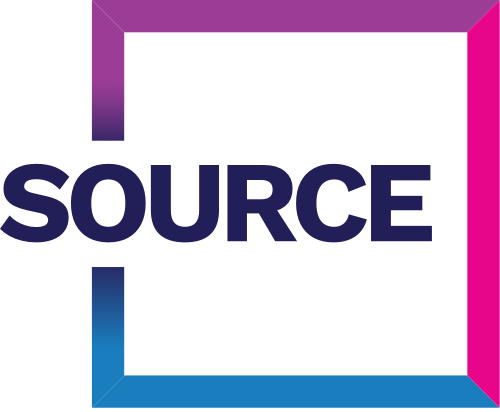Despite sharing a love of rugby and meat pies, Australia and New Zealand have a slightly different approach when it comes to trade mark protection. Our experts break down the key points for extending an Aussie brand across the Tasman.
Be aware of differences in the legal landscape
In New Zealand, trade marks are regulated under the Trade Marks Act 2002 and managed by the Intellectual Property Office of New Zealand (IPONZ). While the fundamental principles of trade mark law remain similar to Australia, there are notable procedural differences:
Securing a trade mark in New Zealand
New Zealand trade mark applications can be filed directly with IPONZ, or designated in a Madrid Protocol application. Where protection is only sought in New Zealand, filing directly with IPONZ is often the preferred option. It may be more cost effective (and faster) to file directly.
The Madrid Protocol is a centralised system for filing, prosecuting and renewing trade marks. The Madrid system has many advantages including: the applicant files a single application nominating the jurisdictions for which protection is sought; centralised communications through the World Intellectual Property Office (WIPO); and the ability to seek protection in multiple countries through a single filing. Plus, the Madrid Protocol is generally more cost effective than direct filing. You can calculate fees for the Madrid Protocol application using Source’s International IP calculator.
The trade mark registration process
A number of prescribed timeframes differ during the registration process:
Application and examination
- Australia: Applications are filed with IP Australia and are examined within three to four months. If an objection is raised against your application, you have 15 months to overcome the objection.
- New Zealand: Applications are submitted to IPONZ, which processes and examines trade marks significantly faster, usually within 15 working days. If an objection is raised against your application, you have 12 months to overcome the objection.
Publication and opposition
- Australia: If the application meets all legal criteria, the trade mark is published in the Official Journal of Trade Marks for two months, during which time third parties can file oppositions.
- New Zealand: Accepted applications are published for a three-month opposition period in the Journal of the Intellectual Property Office of New Zealand before registration is finalised.
Finalising the registration
- Australia: The fastest a trade mark application can proceed to registration is seven and a half months from the date of filing.
- New Zealand: Trade mark applications can be registered as early as six months from the date of filing, making New Zealand an attractive market if registration is required urgently.
Get to grips with trans-Tasman goods and services
When filing a trade mark application, you must nominate the goods and services for which protection is sought from 45 different classes of goods and services.
IPONZ maintains a Trade Mark Specification Builder tool, which lists over 60,000 pre-approved goods and services terms. This is similar to IP Australia’s Goods and Services Picklist.
It’s important to note differences in pre-approved goods and services between Australia and New Zealand, as they affect the scope of protection. In Australia, broad terms like “computer software” are acceptable, while IPONZ requires more specific descriptions, such as “computer gaming software.
Consideration should be given to the goods and services coverage at the time of devising a filing strategy, to ensure complete protection and minimise delays due to goods and services objections by IPONZ.
Be aware of cultural considerations
As is the case when entering any new market, it is important to consider the cultural impact of your trade mark and how it will be received by local consumers. What works in one jurisdiction, may not be perceived in the same way in another.
During the New Zealand examination process, the Māori Trade Marks Advisory Committee (Committee) has oversight of trade mark applications which include, or appear to include a Māori sign, word or an element of Māori culture. The Committee then advises the Commissioner on whether the proposed use or registration of that trade mark is, or is likely to be, offensive to Māori.
For example, the registration of a trade mark that comprises or contains the words, actions and or choreography of Ka Mate (haka), is likely to require consultation with, and permission from, Ngāti Toa (iwi (tribe) based in the southern North Island and northern South Island of New Zealand). Without consultation and permission, the mark may be considered offensive to Māori.
If a Committee objection cannot be overcome (which would typically involve consultation with Māori, resulting in permission being granted), the application will not be registered.
Cross-Tasman trade mark representation requirements
New Zealand trade mark applicants must nominate an address for service in New Zealand or Australia. Further, if an objection is raised against a New Zealand designation of a Madrid Protocol application, a New Zealand or Australian address for service must be provided.
Source IP works across Australia and New Zealand and are experts in the intricacies and nuances of the New Zealand trade mark system. If you are seeking trade mark protection across the ditch, talk to our Source IP experts today for advice on the best filing strategy for your business.
